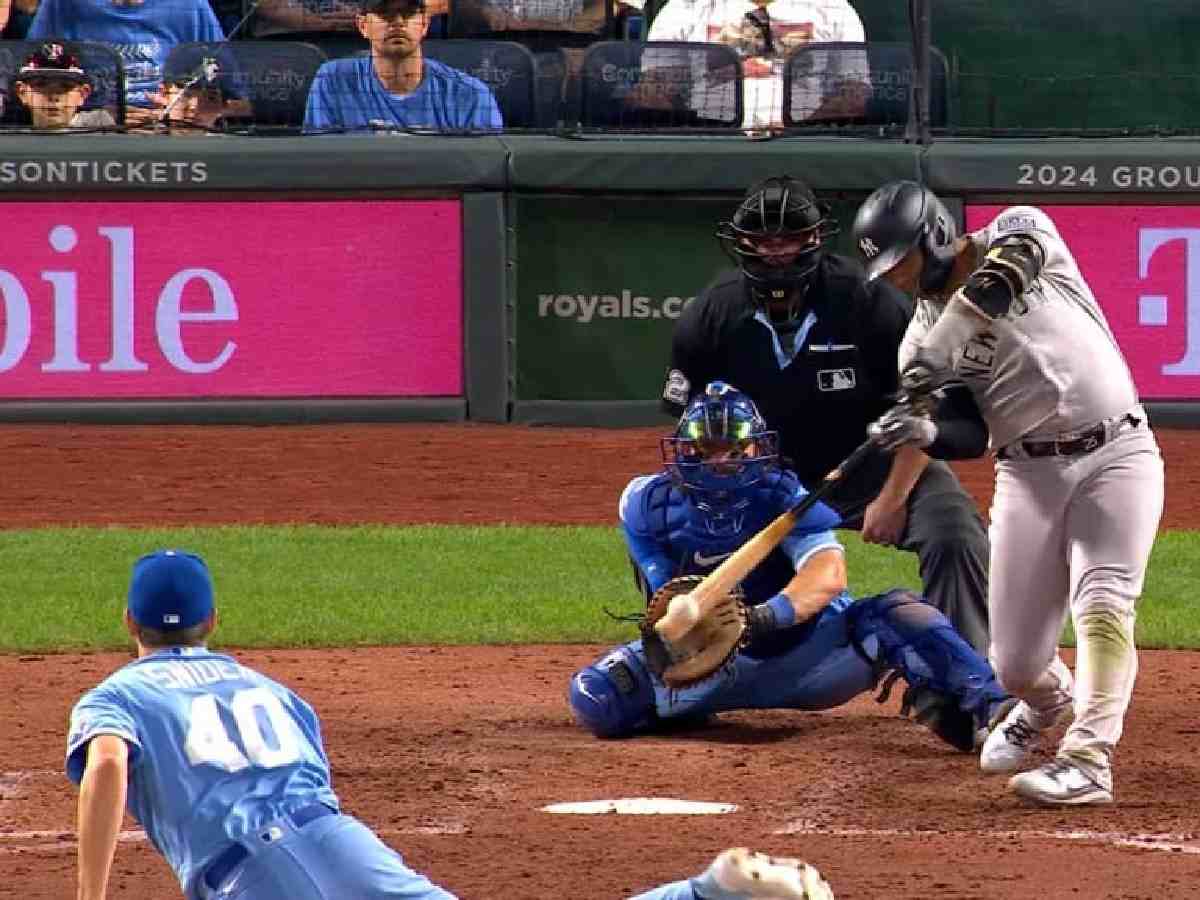What does BB and WHIP mean in baseball?
Despite baseball being one of the most popular sports, there are many terms and rules that are hard to understand. In this article let's take a look at what BB and WHIP stands for in the game of baseball.

MLB game [Image Credit- MLB.com]
🔍 Explore this post with:
Baseball is a sport that originated in 1744 and has continually progressed over the years up until now. The game has received significant popularity in North America, Canada, and Japan. People all over the world enjoy playing the game. The World Series takes precedence as the top baseball event. Surprisingly, solely teams from North America engaged in this event.
In baseball, there are numerous shortened expressions like BB, WHIP, Pinching, Homerun, Base runner, Perfect game, Throw, Strike, Put out, and so forth. In baseball, the aim is to obtain a greater number of points compared to the opposing team. The target is to connect with the ball that is tossed towards the player and propel it as far as they can, followed by running around 4 bases to gain a point.
Once a player successfully touches all four bases without being tagged out, the batting turn switches to another player. Two teams are participating in the game, where each team has 9 players. Each team alternates between batting and fielding in each of the 9 rounds during the game. The total score in a game is calculated by summing up the points achieved by each team after their innings.
The game is awarded to the team that accumulates the greatest total number of points. Before swapping positions, each team has three opportunities to eliminate the opposing team in a single inning. The inning can be divided into two segments: the top section where the away team takes their turns at batting, and the bottom section where the home team gets their opportunity. This article will explore the definitions of BB and WHIP in baseball.
Related: How does the MLB playoffs bracket work?
What does BB mean in baseball?
When the pitcher throws four inadequate pitches that the batter decides not to make contact with, a walk is the outcome. Once the batter misses four pitches that are not within the strike zone, they are given the opportunity to advance to first base. In the scorebook, if a hitter reaches first base without hitting, it is denoted as BB (base on balls).
![What does BB and WHIP mean in baseball? 1 MLB game [Image Credit- CNBC]](https://firstsportz.com/wp-content/uploads/2023/10/Q_1696398296.jpg)
The number of walks can indicate a player’s proficiency in ball control as a pitcher or their skill in distinguishing good pitches as a hitter. Because both pitchers and hitters find these factors to be very important, walks are considered a statistic for both of them. Pitchers attempt to prevent the talented hitters from receiving easy-to-hit balls, resulting in more walks for them.
Additionally, their excellent vision enables them to avoid swinging at pitches that fall just outside the strike zone. Every now and then, a pitcher makes the conscious decision not to pitch the ball to the batter and instead allows them to walk to first base. This specific walk is known as an “intentional walk”, but it is still counted as a regular walk in terms of keeping score.
What does WHIP mean in baseball?
The WHIP metric is frequently employed to evaluate a pitcher’s performance. One of the main objectives for a pitcher is to minimize the number of opposing players who can successfully reach base, and this statistic informs us about their proficiency in doing so. Understanding the formula is not difficult. The pitcher’s total number of walks and hits on opponents is divided by the duration of their play to calculate this statistic.
![What does BB and WHIP mean in baseball? 2 MLB game [Image Credit- CBS Sports]](https://firstsportz.com/wp-content/uploads/2023/10/Q_1696400533.jpg)
The most skilled pitchers in the league are often identified by their capacity to limit baserunners, indicating their proficiency in preventing opponents from advancing onto bases. Despite this, WHIP fails to consider the manner in which a batter successfully reaches a base. It is evident that pitchers view hitting a home run as more detrimental to their performance than issuing a walk. The pitcher’s WHIP remains unaffected whether they hit a batter with a pitch or if a batter reaches base through fielder’s choice.
In case you missed it:
- Who are Alex Rodriguez’s daughters Natasha and Ella Rodriguez?
- How many games are there in the MLB playoffs?







